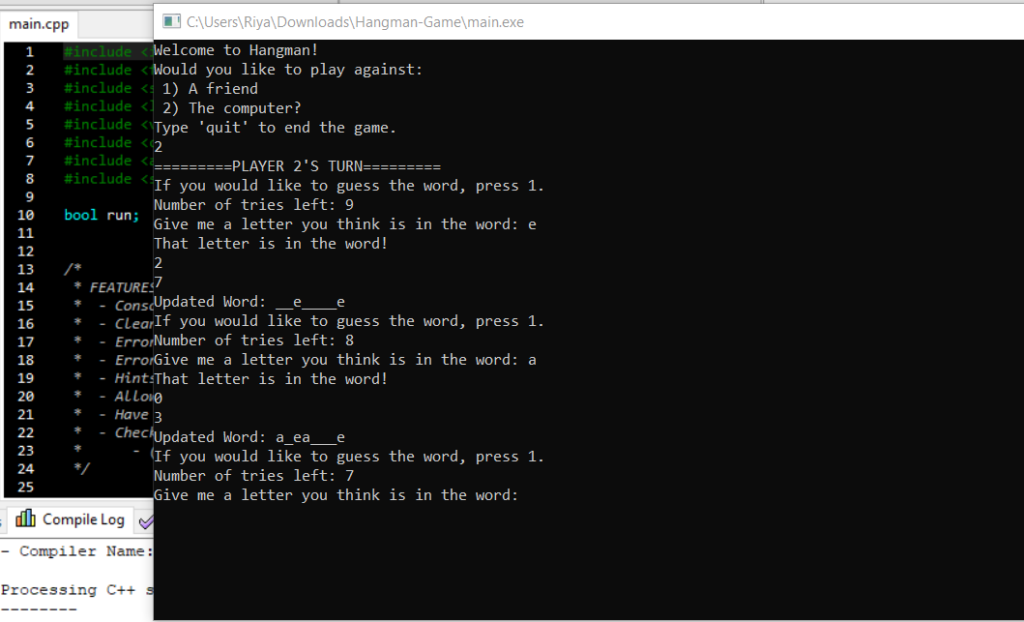

Of course, how you markup your bubble will change this, and the screencast uses the version from the Coda web site, so there’s a considerable amount of CSS to style the bubble. There’s very little to the minimum required CSS. The target is the element which the user must mouseover to show the popup. View the demo and source code used in the screencast HTML Markupįor the purpose of reusability, I’ve wrapped my ‘target’ and ‘popup’ in a div. Watch the coda bubble screencast ( alternative flash version) Details on how and what I used can be found below. I’ve provided a screencast to walk through how create this functionality.
#Coda 2 javascript how to
I’ll explain (carefully) how to make sure the effect doesn’t fail in this situation. The biggest trick to be wary of is: when you move the mouse over the popup, this triggers a mouseout on the image used to trigger the popup being shown.


The hidden popup, correctly styled for when we make it appear.It would be fair to say that the popup would be hidden from the CSS. Markup that assumes that JavaScript is disabled. Browse other questions tagged javascript jquery or ask your own question.To create the puff popup bubble effect, we need the following: In essence the effect is just a simple combination of effect, but there’s a few nuances to be wary of. In particular, Jorge Mesa writes to ask how to re-create their ‘puff’ popup bubble shown when you mouse over the download image. Play Flash version Right click to download.Play QuickTime version Right click to download.


 0 kommentar(er)
0 kommentar(er)
